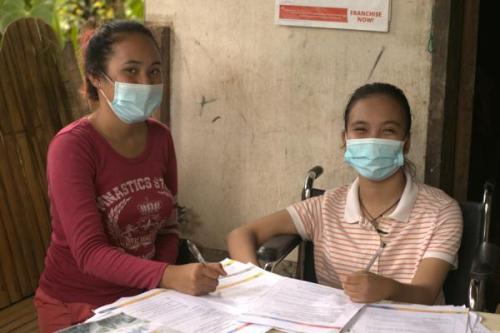
https://www.rockefellerfoundation.org/insights/grantee-impact-story/an-a...
Sarita Damle was skeptical. Could an AI-powered mobile phone app really help rural farmers in central India improve crop yields?
As a mother of two, an agriculture extension agent, and a farmer herself of maize, lentil, wheat and other crops, Damle had no time to waste on unreliable or irrelevant projects. She relied on the tried-and-trusted tradition of community-based farmer-to-farmer advice.
It took a pest infestation on her own farm in Kasda Khurd village in Madhya Pradesh to convince her that the Farmer.Chat app might be a useful partner. It promptly gave her information about how to treat her fields both chemically and organically.
She chose the organic route and followed the instructions. It worked.
A convert was born.
“This will revolutionize the way farming is done in India,” said Nandita Mishra, Senior Program Manager for Training for Digital Green, the non-profit that developed the app in 2023. “All around the world, we see a food crisis lurking in front of us. We see compromised soil, people migrating.”
Rural Farmers Get Regenerative Agriculture Advice
Digital Green was founded on the belief that technology can help end poverty and meet the climate challenge. Through other digital projects, Digital Green has reached over 6 million rural farmers, 60 percent of whom are women, creating a 24 percent increase in small-scale farmer profits.
Farmer.Chat, created in partnership with OpenAI, is linked to a digital public infrastructure led by the Indian government known as VISTAAR (Virtually Integrated Systems to Access Agricultural Resources).
It was initially rolled out in mid-2023 to more than 5,000 field-level agriculture extension workers in five states: Bihar, Madhya Pradesh, Rajasthan, Uttar Pradesh, and Jharkhand.
These first users provided valuable feedback on functionality and identified gaps between farmers’ questions and the available content. They also received instantaneous responses on challenges specific to their farm, drew on a significant library of farmer-to-farmer videos, and gave feedback on the quality of the answers they received.









